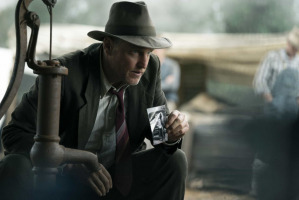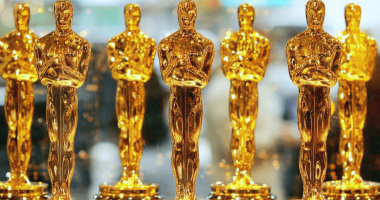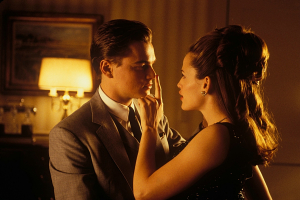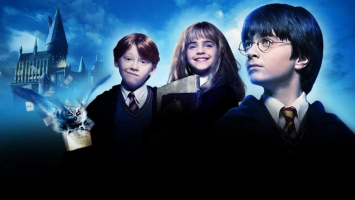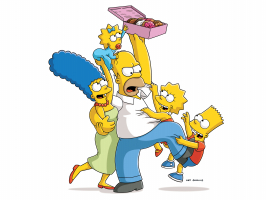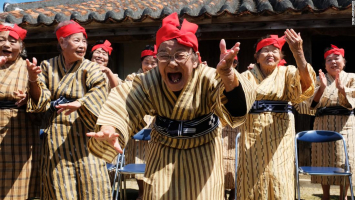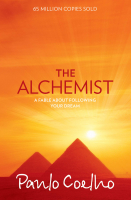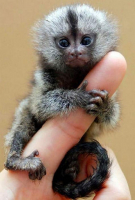Top 10 Real People That Your Favorite Superheroes are Based On
Though it may seem impossible, there was once a world without superheroes. The enormous volume of IP that exists nowadays is not always recyclable. In the ... read more...past, those referred to as "artists" developed "ideas," some of which were based on actual events. Here are some Real People That Your Favorite Superheroes are Based On.
-
Doctor Strange made his debut in Strange Tales #110 not long after Vincent Price played the sorcerer Dr. Erasmus Craven in The Raven (1963). Though it was more Price himself than the character he played, the source of inspiration was clear (not that there was ever a difference). The actor Stephen Vincent Strange is honored by the full name of the character, Doctor Strange. Price was aware of the homage because he later voiced a Doctor Strange parody in a Scooby Doo episode.
Though it's likely that Vincent Price wasn't the only source of inspiration for the character. The Sorcerer Supreme's past was revealed in Strange Tales #115. Additionally, it is remarkably similar to that of Lobsang Rampa, a spiritual teacher and best-selling autobiographist who rose to fame in the late 1950s. Both Strange and Rampa were talented surgeons; they both received their medical education in Tibet (Strange under the Ancient One, Rampa under the Dalai Lama); they both acquired astral projection (even describing it in similar ways); and they both learned how to open the third eye. They both had a mystical orb, and they both wore circular amulets.
They were both wholly fictional, though Strange was more forthright about it. Rampa's novels sold millions of copies before he was shown to be a hoax. The author, a clerk from rural England who had never even visited Tibet, went by the name Cyril Hoskins.Publisher: Marvel Comics
First appearance: Strange Tales #110 (July 1963)
Created by: Steve Ditko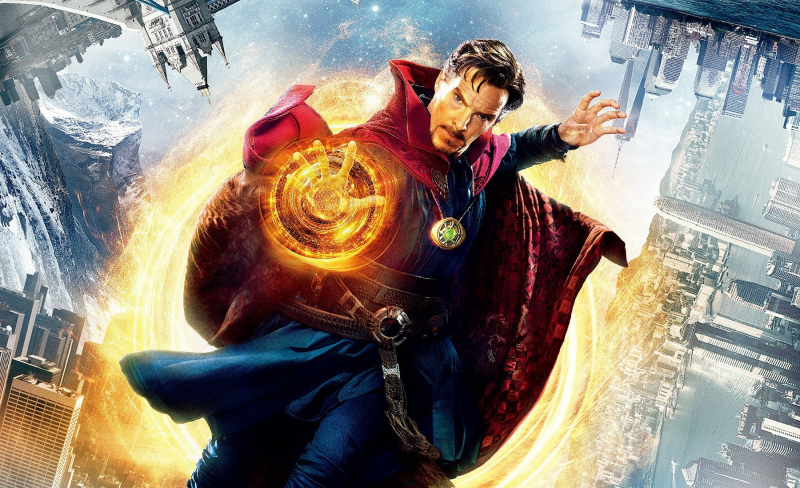
https://www.traileraddict.com/ 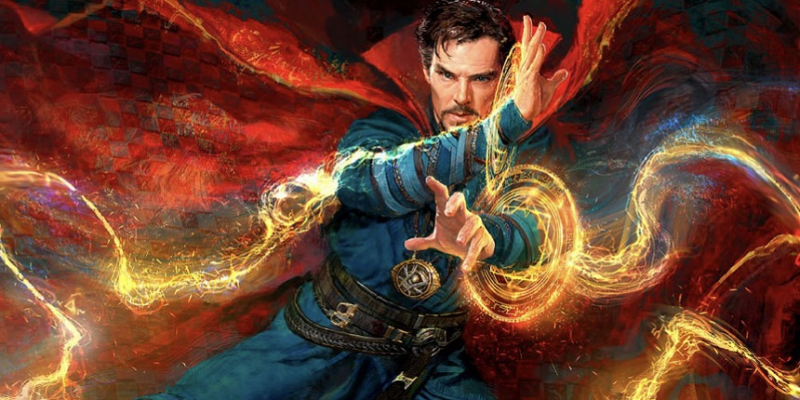
https://aminoapps.com/ -
It has long been believed that Martin Luther King Jr. served as the inspiration for the X-patriarch. Men's Not only was the comic published amid the height of the American Civil Rights Movement, but it also clearly serves as an allegory. In his dreams, humans and mutants will live in harmony. Racist police brutality on television prompted the introduction of The Sentinels, uniformed robots that seek mutants. The first black superhero was introduced by creator Stan Lee three years after the X-Men, demonstrating his apparent involvement in the movement.
Unexpectedly, Professor X was really modeled after David Ben-Gurion, the first prime leader of Israel, at least starting in 1975. Following the cancellation of Lee's X-Men in 1970, Chris Claremont took over at this point. Claremont stated in 2016 that any association with MLK would have "med tremendously presumptuous" to him as an English-born white man. A better model seemed to be Ben-Gurion, who after World War Two established a warm home for the Jewish diaspora.
Publisher: Marvel Comics
First appearance: The X-Men #1 (September 1963)
Created by: Stan Lee (writer)Jack Kirby (artist/co-plotter)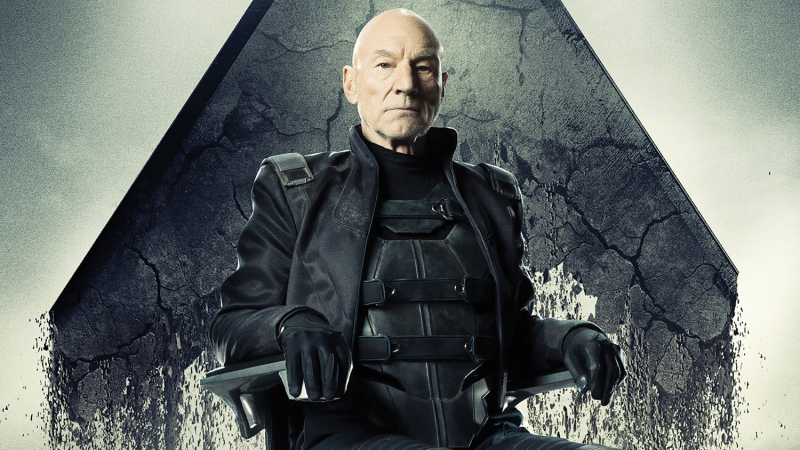
https://www.animatedtimes.com/ 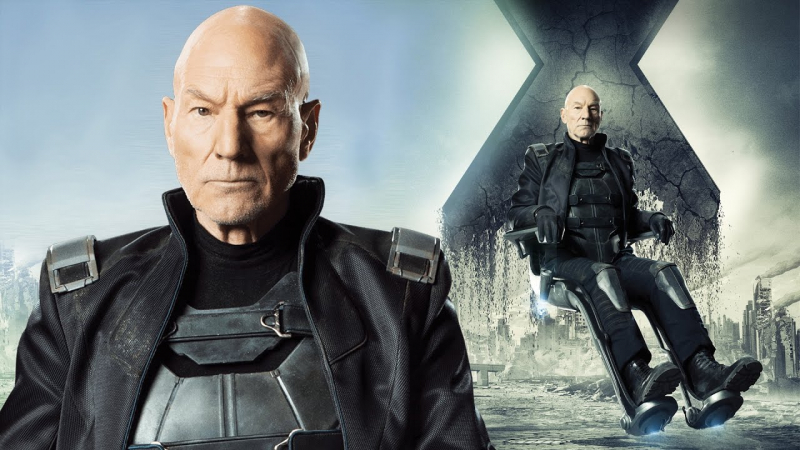
https://www.youtube.com/ -
You could speculate that the inspiration for the Hulk came from doping in sports. After all, Russian Olympic weightlifters used anabolic drugs for the first time in the decade before his 1962 debut. The Hulk's source of inspiration was, however, much less likely. He was actually modeled after a woman.
Creator Jack Kirby described seeing a young child playing beneath a car while crawling around in a gutter in an interview with Comic Journal in 2011. The toddler needed assistance as he struggled to crawl onto the sidewalk. According to Kirby, the mother appeared to be about to scream. She didn't, though. To let the child out, "she raced over... and, extremely resolute,... hauled up the entire rear of that car."
It made Kirby consider what each of us is capable of when we're experiencing intense emotions, whether they be wrath or desperation. He declared, "We can pull down a house, we can go berserk, and we can smash down walls." I absorbed whatever the Hulk's origin was through that experience.
Publisher: Marvel Comics
First appearance: The Incredible Hulk #1 (May 1962)
Created by: Stan LeeJack Kirby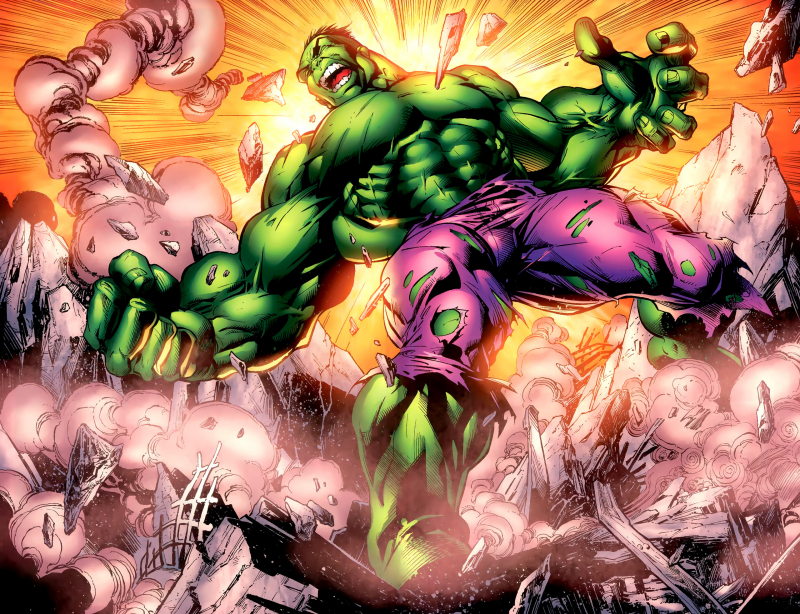
https://wallup.net/ 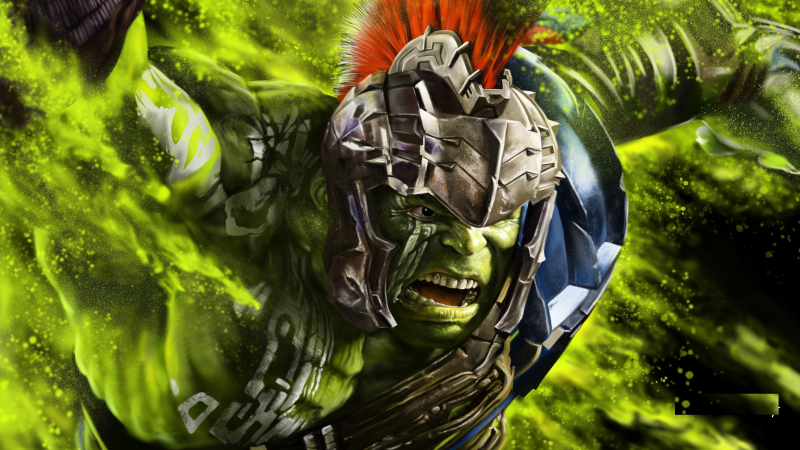
https://www.hdnicewallpapers.com/ -
The creator of Spawn, Todd McFarlane, was upfront about his real-life sources of inspiration in the beginning. A previous employee named Al Simmons served as the inspiration for Al Simmons, the fictitious revenant from Hell. When the comic was published, the latter consented. He didn't have to, though; he was flattered. He established himself as a staple at the Image Comics table at Comic Con, donning a striking black and red outfit to match his namesake. The Art of Being Spawn, a book that Simmons actually wrote. But this was a step too far.
After the book was published in 2012, McFarlane sued Simmons for appropriating his intellectual property. Additionally, he used the internet to delete all prior mentions that Simmons served as the character's inspiration. To be honest, it might have just been a name. In addition, McFarlane modeled Spawn's spouse and best buddy Terry after his own wife Wanda and Terry.
Publisher: Image Comics
First appearance: Spawn #1(May 1992)
Created by: Todd McFarlane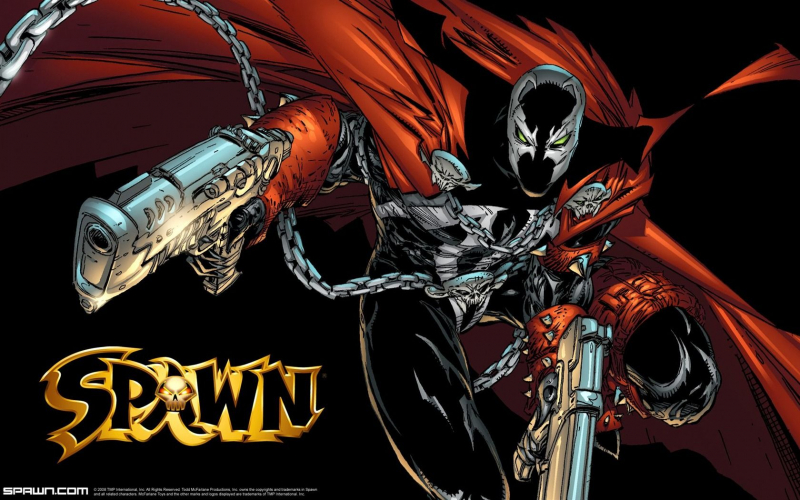
http://nerdreactor.com 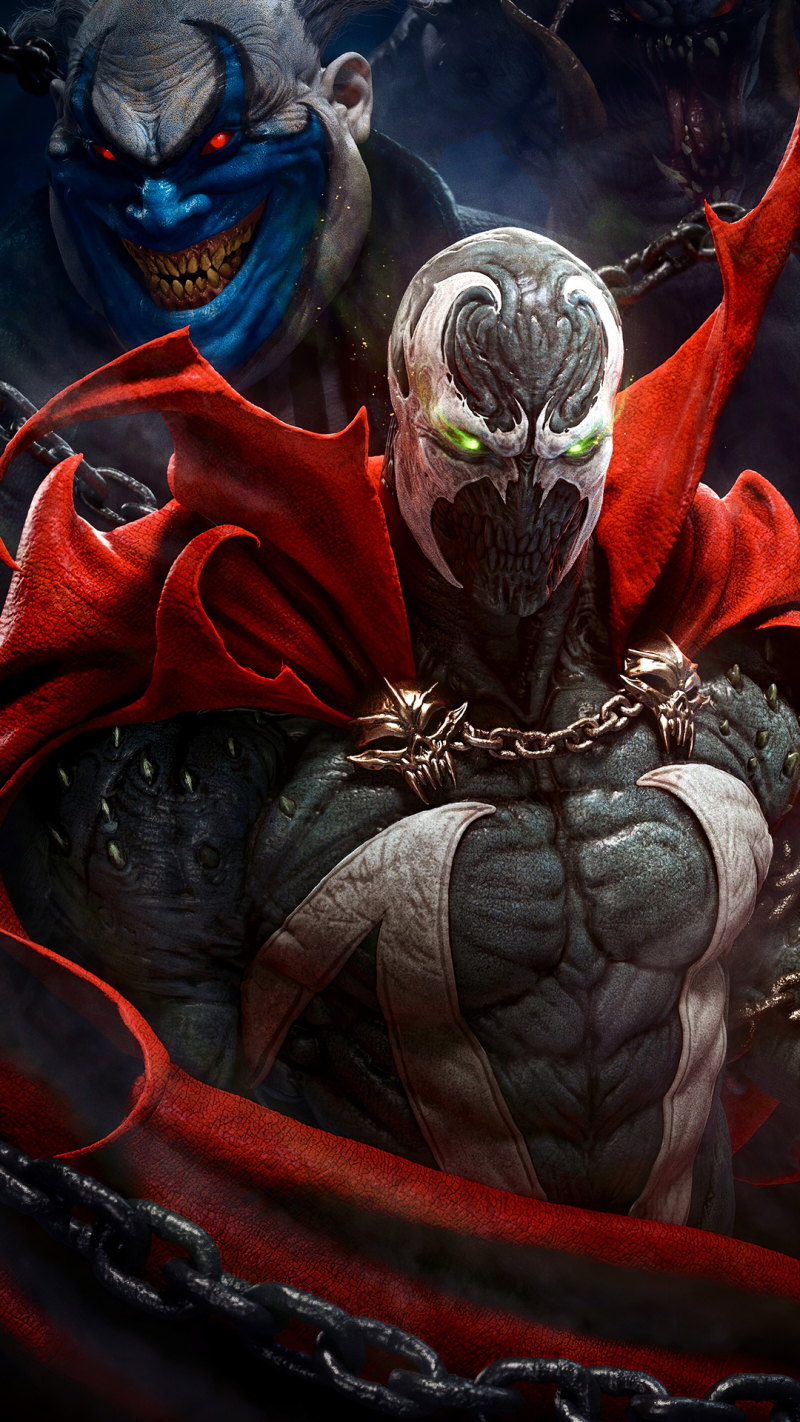
https://xfxwallpapers.blogspot.com/ -
Superman is a Frankenstein's monster as far as real-life inspiration is concerned. The "chiseled features" of the superhero were modeled after Tarzan actor Johnny Weissmuller, according to film critic Mark Kermode, while the bespectacled silent cinema star Harold Lloyd served as the inspiration for Clark Kent. Meanwhile, actor Douglas Fairbanks is credited with creating the well-known Superman pose (chest out, hands on hips). In other words, Superman was adapted from existing Hollywood heroes.
There might, however, be more to it than that. For instance, there are obvious similarities between Moses and Superman. Moses' mother floated him down the Nile in a basket whereas Superman's parents sent him into space toward Earth as a baby to protect them from impending peril. Both were later found and adopted; they grew up to protect the weak from evil. It's interesting to note that the Hebrew word for "God" is "El" in Superman's real name, Kal-El.
The more closely you examine it, the more Jewish Superman appears. Roy Schwartz finds in Superman not only Moses but also Samson and Jesus in his book Is Superman Circumcised? He also draws parallels with the clay golem, a powerful being created for the sake of the Jewish people in folklore. Additionally, many people saw Superman as a parable for Jewish immigrants to America. In particular, he gives up his ethnic identity Kal-El, adopts the name Clark Kent, "goes around the world like a gentile," and "tucks his tallit down into his suit." Superman's creators, Jerry Siegel and Joe Shuster, were themselves descended from Jewish immigrants, like many early comic book authors. Given everything, it comes as no surprise that the Nazis perceived Superman as a threat.Publisher: DC Comics
First appearance: Action Comics #1(cover-dated June 1938; published April 18, 1938)
Created by: Jerry Siegel (writer)Joe Shuster (artist)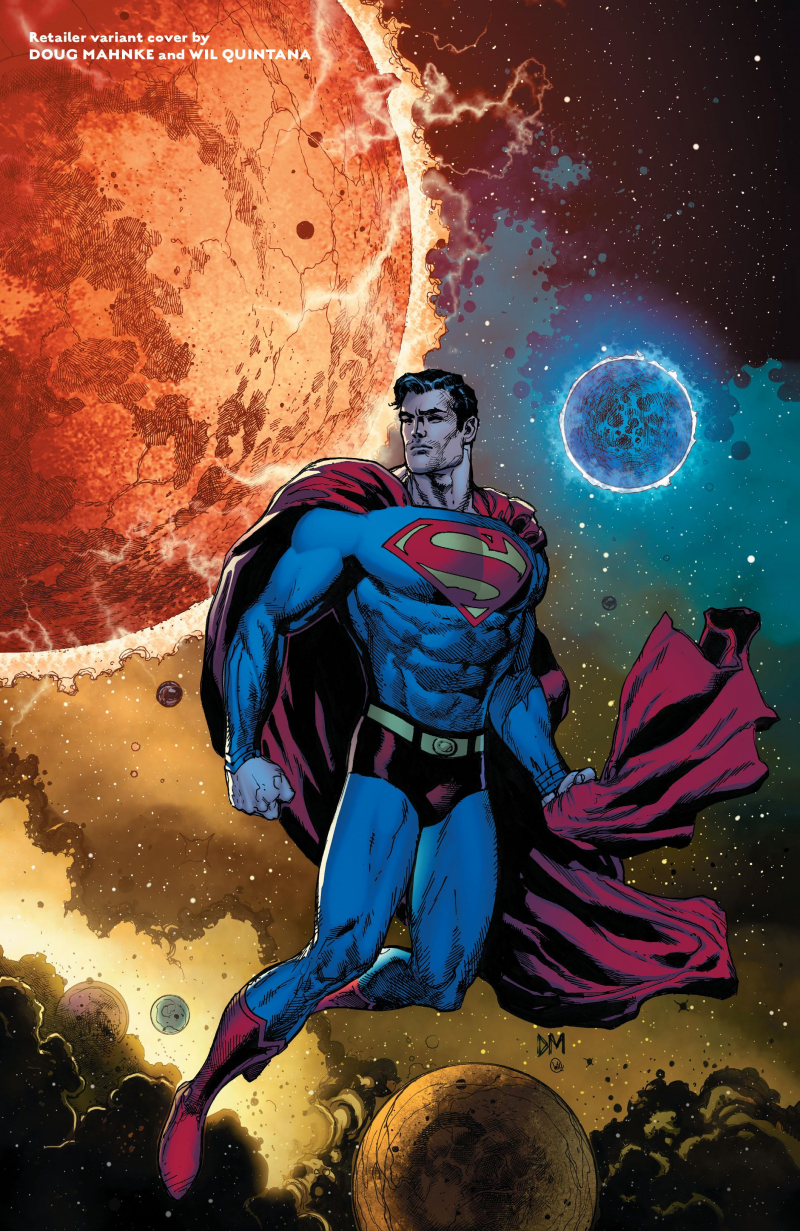
https://www.fanpop.com 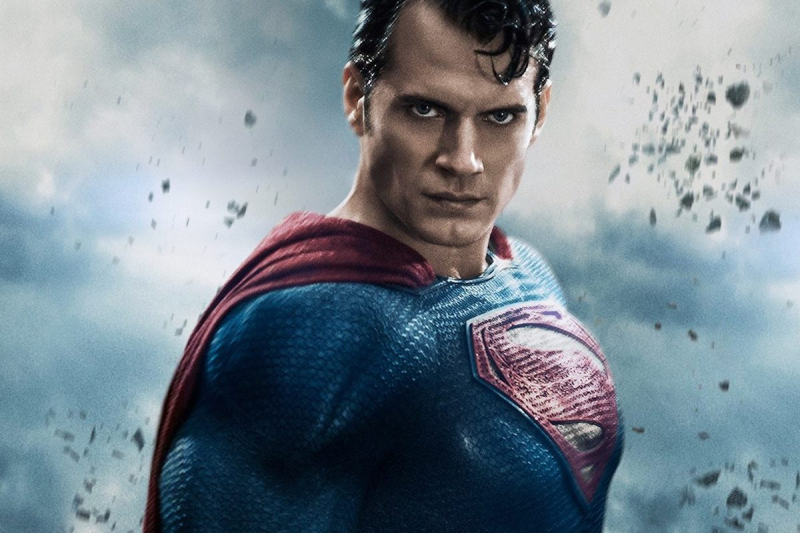
https://project-nerd.com -
It's not a coincidence if Tony Stark from the MCU makes you think of a hip Elon Musk. The Tesla/SpaceX billionaire served as the inspiration for Robert Downey Jr.'s Stark character. However, the 1963 version of the character was based on Howard Hughes.
By the time Stan Lee and others had the notion, Hughes had lost favor. Hughes, who was formerly admired for his success as a wealthy investor, aviation pioneer, defense contractor, film director, etc., was now viewed as a madman—a recluse who was addicted to codeine and feared germs. He was an unusual superhero model, but that was the whole purpose. Marvel specialized in "problematic heroes." Not only was Stark dependent on technology to survive, but he also struggled with alcoholism.
Hughes was also a sort of hero. Despite his issues, he made an effort to use his money for good, much like Iron Man. He offered the presidents Johnson and Nixon millions of dollars in bribes to cease nuclear testing, for example, since he was worried about it. Ironically, arms producers later profited from Iron Man's 2008 premiere on the big screen.
Publisher: Marvel Comics
First appearance: Tales of Suspense #39 (March 1963)
Created by: Stan Lee, Larry Lieber, Don Heck, Jack Kirby, With Steve Ditko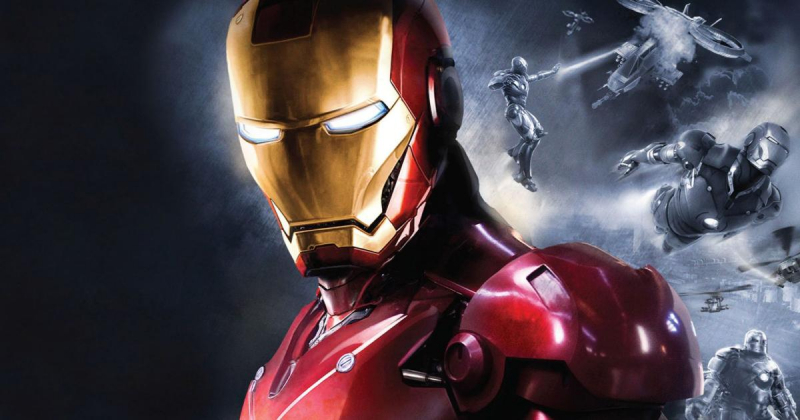
https://us.blastingnews.com/ 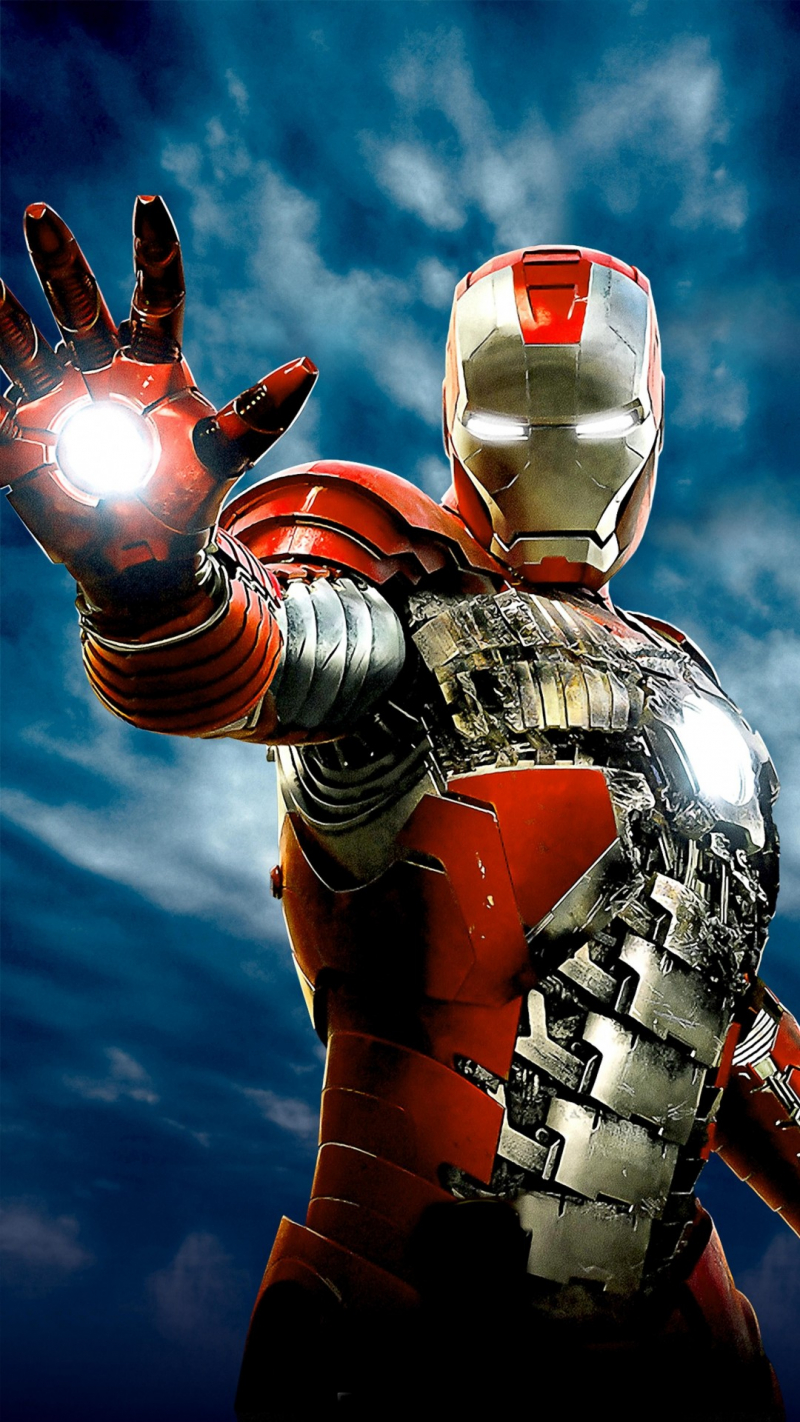
http://www.e-tapetki.pl/ -
Batman is a superhero that appears in DC Comics' American comic books. The character made its debut on March 30, 1939, in the 27th issue of the comic book Detective Comics, which was written and illustrated by Bob Kane. Bruce Wayne, a well-off American playboy, philanthropist, and industrialist who lives in Gotham City, is known as Batman in the DC Universe timeline. After witnessing the murder of his parents Thomas and Martha, who were robbed and shot in front of an eight-year-old Bruce, Batman's origin story shows him pledging revenge against criminals, tempered by the concept of justice. He develops his mental and physical capabilities, creates a persona based on a bat, and keeps watch over Gotham's streets at night.
Bruce Wayne is named after two real people: "Mad" Anthony Wayne, a Civil War general, and Scottish king Robert the Bruce. While the latter overcame Detroit, the former fought for Scottish independence. They shared the accomplishment of overpowering the English. The "Prince of Gotham" is a descendant of his namesakes rather than simply being based on them.
Bruce was the name Bill Finger and co-creator Bob Kane gave the billionaire in Batman and Me to suggest he was a member of the aristocracy. (The king's Anglo-Norman last name, de Bruce, was distorted into Robert the Bruce.) Meanwhile, the comic books make specific reference to Batman's biological connection to Anthony Wayne. In truth, the general formerly owned Wayne Manor, which was constructed on land he obtained from George Washington.
Publisher: DC Comics
First appearance: Detective Comics #27(cover-dated May 1939; published March 30, 1939)[1]
Created by: Bob Kane, Bill Finger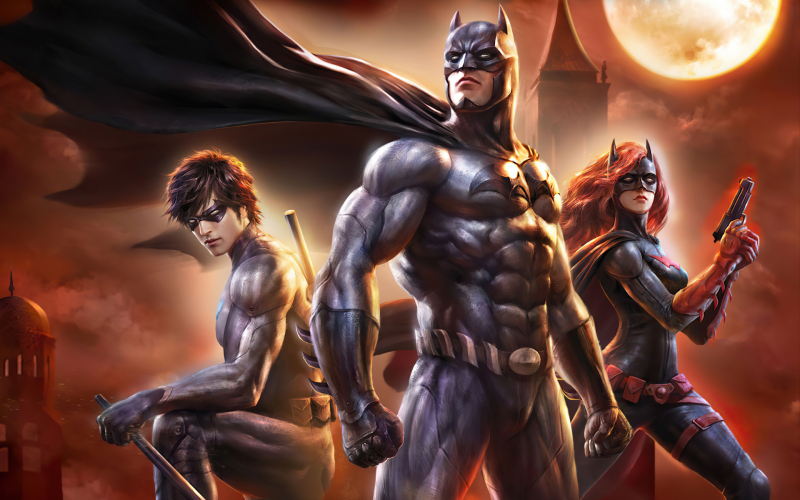
https://wallpapersden.com 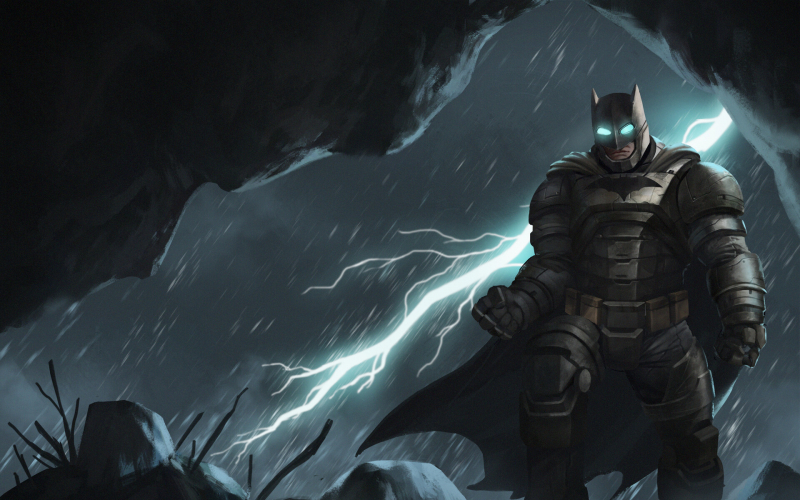
https://wallpapersden.com/ -
A man with two wives co-created Wonder Woman, the third longest-running superhero in comic books. But rather than being at odds with the feminist ideals of Wonder Woman, their strength served as inspiration for the heroine. In reality, Betty, Charles Moulton's first wife, insisted on having her gender changed. Professionally, she was superior to him as well—at least in willpower. She might have lived to be 100 because of this. Betty (Elizabeth Marston) obtained three higher degrees at a time when few women obtained such degrees. She supported herself by selling cookbooks because her father refused to pay her tuition, informing her that she could stay at home with her mother "as long as I have money to keep you in aprons."
Betty and Moulton's second "wife," Dotsie (Olive Byrne, whose bracelets served as the model for Wonder Woman's), carried on their marriage even after Moulton passed away in 1947, raising their four children together. While Dotsie was the stay-at-home mother, Betty worked to pay for their college education.
There isn't much evidence to back up the claim that Wonder Woman's Lasso of Truth was inspired by the threesome's claimed love of bondage. There is no proof that Betty and Dotsie were lovers, however. Though, speculating is entertaining. One of Wonder Woman's worst flaws was that a man had tied her Bracelets of Submission together.Publisher: DC Comics
First appearance: All Star Comics #8 (December/January 1941/1942)[a]
Created by: William Moulton Marston, H. G. Peter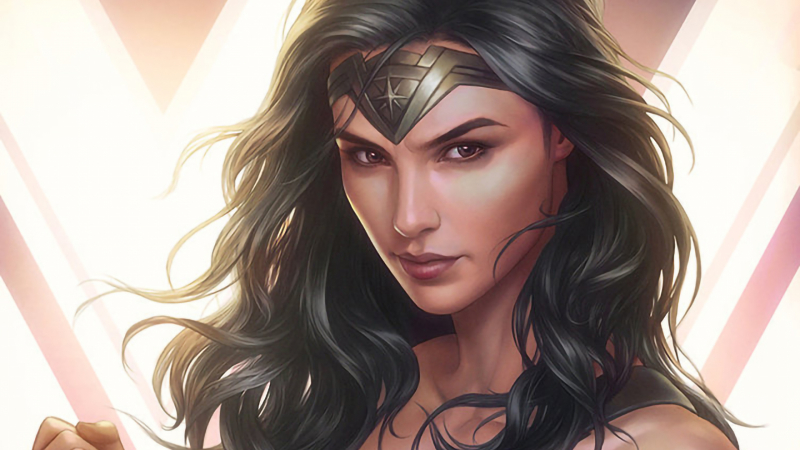
https://wallpapersden.com 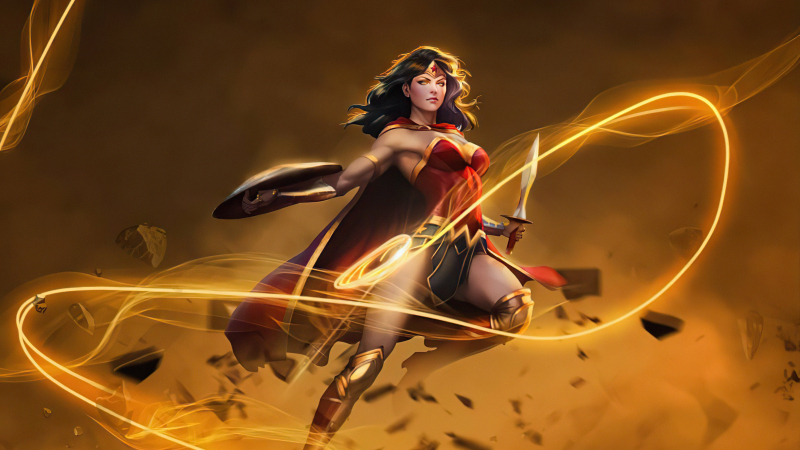
https://www.hdwallpapers.in/ -
Alan Scott, the first Green Lantern, was motivated by a railroad engineer. That won't surprise comic book readers because the character had the same position. After observing a subway employee remove a blockage from the line with a green lantern, creator Martin Nodell had the idea. A magic green lamp that Scott used to make his ring saved him from a train disaster in All-American Comics #16 (July 1940).
After being eventually canceled, The Green Lantern made a comeback eight years later, revamped and once again based on a real life person. Gil Kane, a co-creator of Hal Jordan, utilized his neighbor, now-famous actor Paul Newman, as a model when creating the character. It's interesting to note that Newman, who reminded people of his test pilot lookalike, eventually developed a passion for motorsports and started driving race cars.
7-inch scale and up to 22 points of articulation allow the DC Multiverse John Stewart Modern Green Lantern 7-Inch Action Figure to be fully poseable and playable. The John Stewart Green Lantern action figure is based on how he appeared in Justice League #6. (2018). The Light Projection Machine Gun and base are included with the Green Lantern. The figurine comes with a collectible art card with John Stewart's Green Lantern artwork on the front and his character biography on the back.
Publisher: DC Comics
First appearance: All-American Comics #16 (July 1940)
Created by: Alan Scott:Martin Nodell, Bill Finger, Hal Jordan:John Broome, Gil Kane, John Stewart:Dennis O'Neil, Neal Adams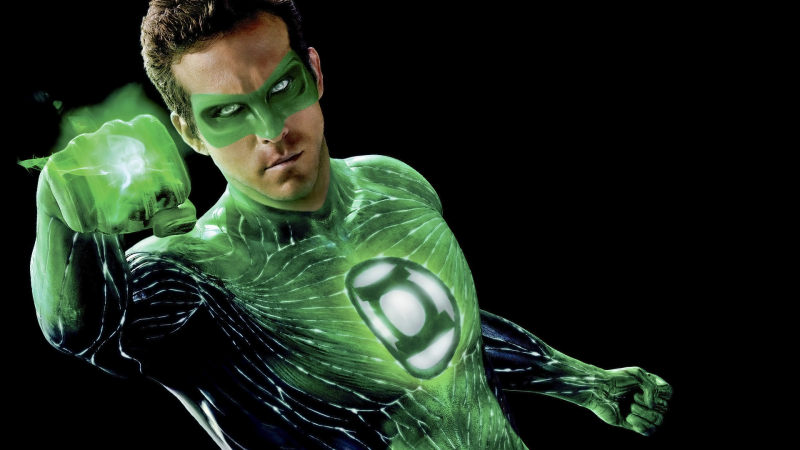
http://www.wallpaperup.com/ 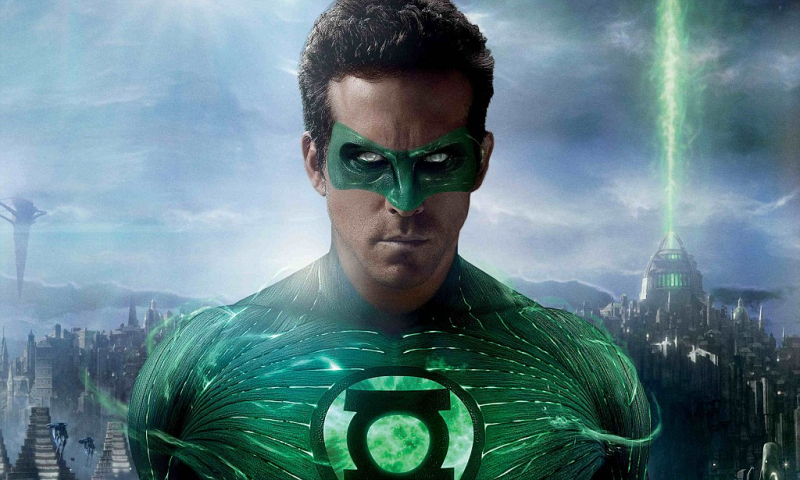
https://www.dailymail.co.uk/ -
Alan Moore asked the artists what they wanted to do when he took over writing for Swamp Thing. "Do a character that looked like Sting," they all agreed. This rock star tribute was originally just an extra drawn in a crowd's background. However, when John Constantine was eventually presented, they made the lookalike's identity known in the past.
Despite being contemptuous at first, Sting eventually accepted the homage. He authored the introduction to a collection commemorating his 30th birthday in 2018. And he wore the trenchcoat the character wears in a little video teaser for the book.
The sightings of genuine people based on Constantine, however, are more intriguing than the fact that he was based on a real person. Strangely, Moore claimed to have seen the character in person not long after developing him. He was seeing someone from a sandwich shop come up the stairs while wearing a trenchcoat and a short haircut. He gave me a direct, in-your-face look, grinned, nodded almost conspiratorially, and then he simply walked away around the corner.
A real John Constantine, according to author Jamie Delano, was spotted outside the British Museum: "I didn't realize I'd walked past him until I'd gone fifty yards down the road, and he was just vanishing round the corner." It should be mentioned that Constantine was based on actual events and was set in 1980s England with Thatcher as the prime minister. Additionally, Moore enjoys magic, just like Constantine.
Publisher: DC Comics
Format: Ongoing series
Publication date: 2013–2015
Main character(s): John Constantine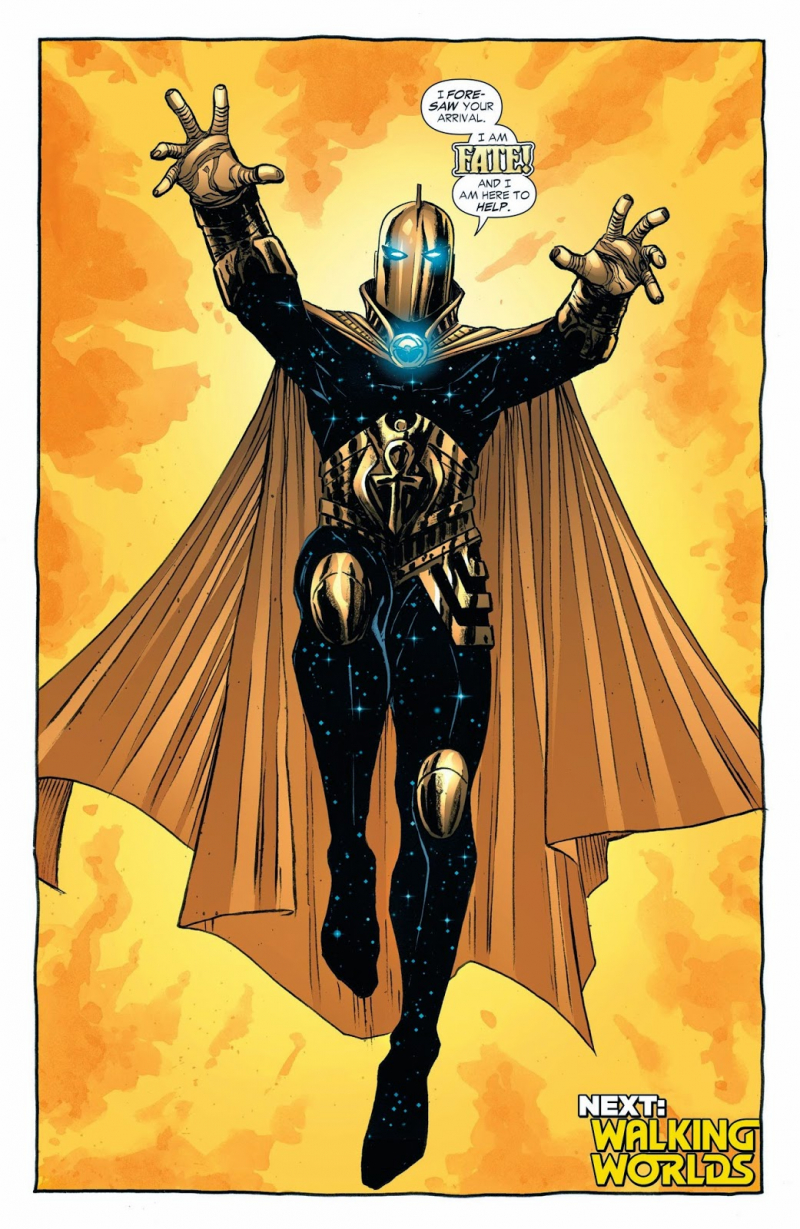
https://www.weirdsciencedccomics.com/ 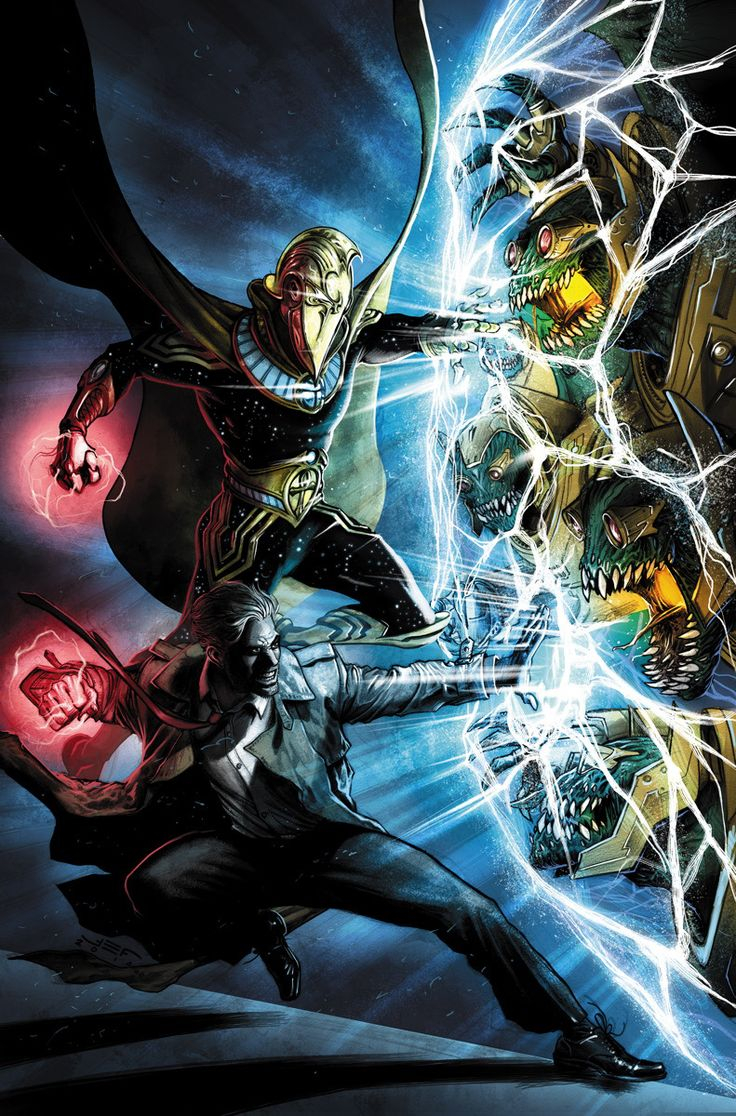
https://www.pinterest.com/












